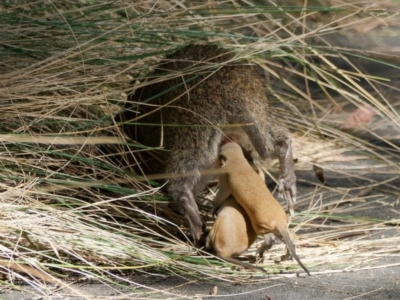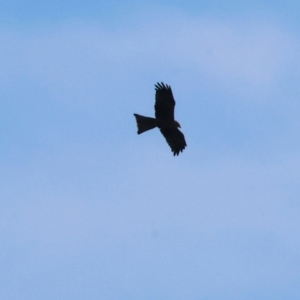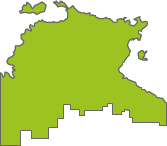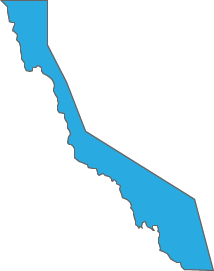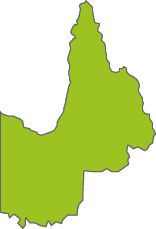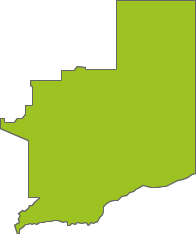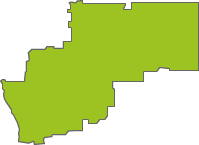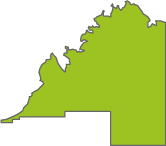Top species richness
Announcements
Hi everyone,We are excited to announce that NatureMapr ACT based data has started to feed into the new Biodiversity Data Repository (BDR) being established by the Department of Climate Change, Energy,...
Continue reading
NatureMapr Data Management and Privacy Policy update
Exciting mobile app updates under way
CALLING ALL TESTERS: Update 4.4.0
Discussion
I think the point that Pam McDonald is making may be in reference to occurrences of Hakea sericea (Coastal Bushy Needlewood), which is a species that is not endemic to the ACT. Plants of Hakea sericea have been collected (and subsequently removed) from Black Mountain and it is presumed that these wildings have originated from the gardens.
With respect to these plants, the situation remains somewhat unclear. Hakea decurrens and Hakea sericea are morphologically similar taxa that in practice are generally distinguished based upon distribution. Vicflora suggests that H.sericea is lignotuberous whilst H.decurrens is not, which would provide an easy method of separating the two. Lisa, if you are intending to return to these plants I'd recommend checking the base of the shrubs for a large woody growth present just below ground level, this will confirm the species ID. If Hakea decurrens then the plants should not be disturbed, if H.sericea then they may be removed as a non-local native though I doubt this species will be invasive in a local context. The worst that will have is some inter species gene flow.
Hakea sp.
Aquila audax
Significant sightings
- Veronica grosseserrata at Lower Cotter Catchment
- Myrtus communis subsp. tarentina at Urambi Hills
- Sauroconcha gulosa at Broughton Vale, NSW
- Araujia sericifera at Red Hill Nature Reserve
- Lycopodium deuterodensum at QPRC LGA
- Mirbelia pungens at Rob Roy Range
- Tetramesa sp. (genus) at Molonglo River Reserve
- Telala musiva
- Keyacris scurra
- Gentianella muelleriana subsp. jingerensis at Namadgi National Park
Latest identifications
Senecio interpositus at Namadgi National Park
Charaxes sempronius at Wodonga
Charaxes sempronius at Wodonga
Charaxes sempronius at Wodonga
Eucalyptus pauciflora subsp. pauciflora at Deakin, ACT
Eucalyptus globulus subsp. bicostata at Deakin, ACT
Eucalyptus pauciflora subsp. pauciflora at Deakin, ACT
Heteropternis obscurella at National Arboretum Forests
Cordulephya pygmaea at Wingecarribee Local Government Area
Cassinia longifolia at Point 4997
Arctiinae (subfamily) at Higgins, ACT
Schoenoplectus validus at Evatt, ACT
Typha orientalis at Evatt, ACT
Top contributors
- AlisonMilton 12.4K
- trevorpreston 12.2K
- michaelb 10.2K
- Tapirlord 9.5K
- RodDeb 9.2K
- Mike 8.3K
- KylieWaldon 6.1K
- kasiaaus 6.1K
- jb2602 6K
- MatthewFrawley 5.5K
Top moderators
- MichaelMulvaney 42.5K
- Tapirlord 22K
- natureguy 15.1K
- donhe 12.5K
- Liam.m 11.6K
- michaelb 11.6K
- ibaird 10.7K
- KimPullen 7.9K
- MatthewFrawley 5.8K
- AlisonMilton 5.3K
Explore Australia by region
Australian Capital Territory
Canberra & Southern TablelandsNew South Wales
Albury, WodongaCanberra & Southern Tablelands
Central West NSW
Far West New South Wales
Greater Sydney
Hunter Region
New England
New South Wales North Coast
Riverina Murray
South Coast
Southern Highlands
Northern Territory
Central and BarkleyTop End and Big Rivers


